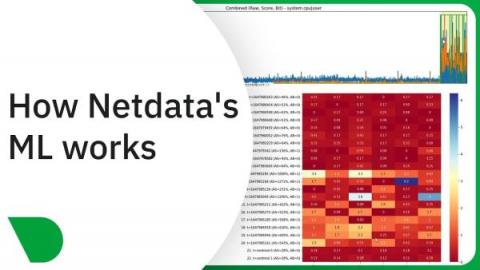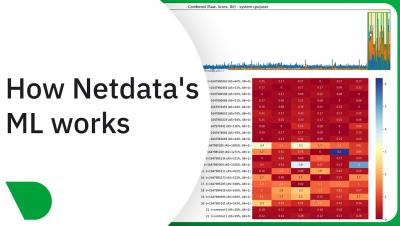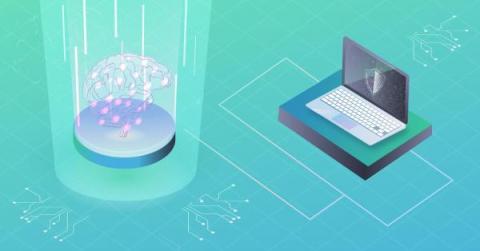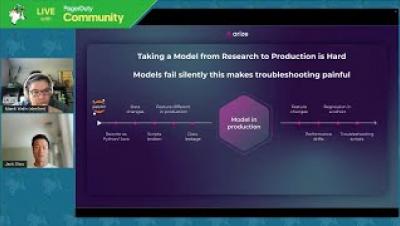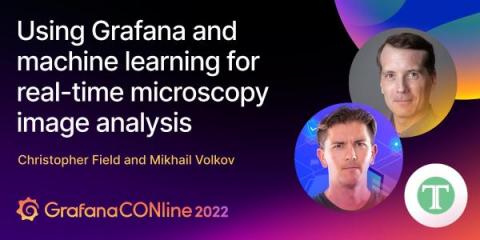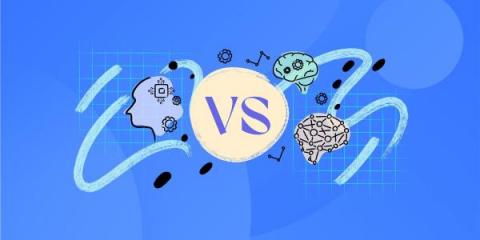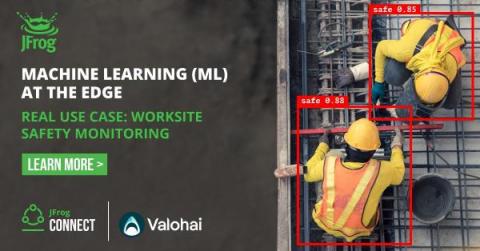How Is Machine Learning Used In AIOps?
When we think of computers, we typically think in terms of exactness. For example, if we ask a computer to do a numeric calculation and it gives us a result, we are 100% sure that the result is correct. And if we write an algorithm and it gives an incorrect result, we know we have coded improperly and it needs to be corrected. This exactness however, is not the case when dealing with Machine Learning. As a matter of fact, it is par for the course, that Machine Learning will be incorrect a percentage of the time.



